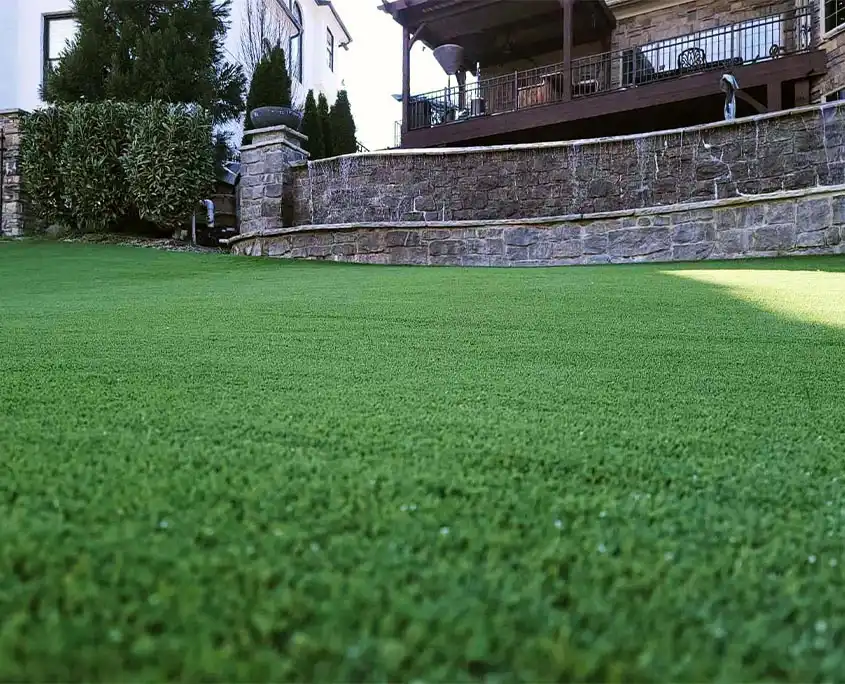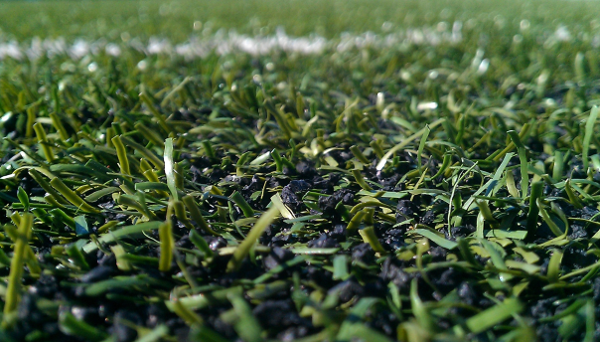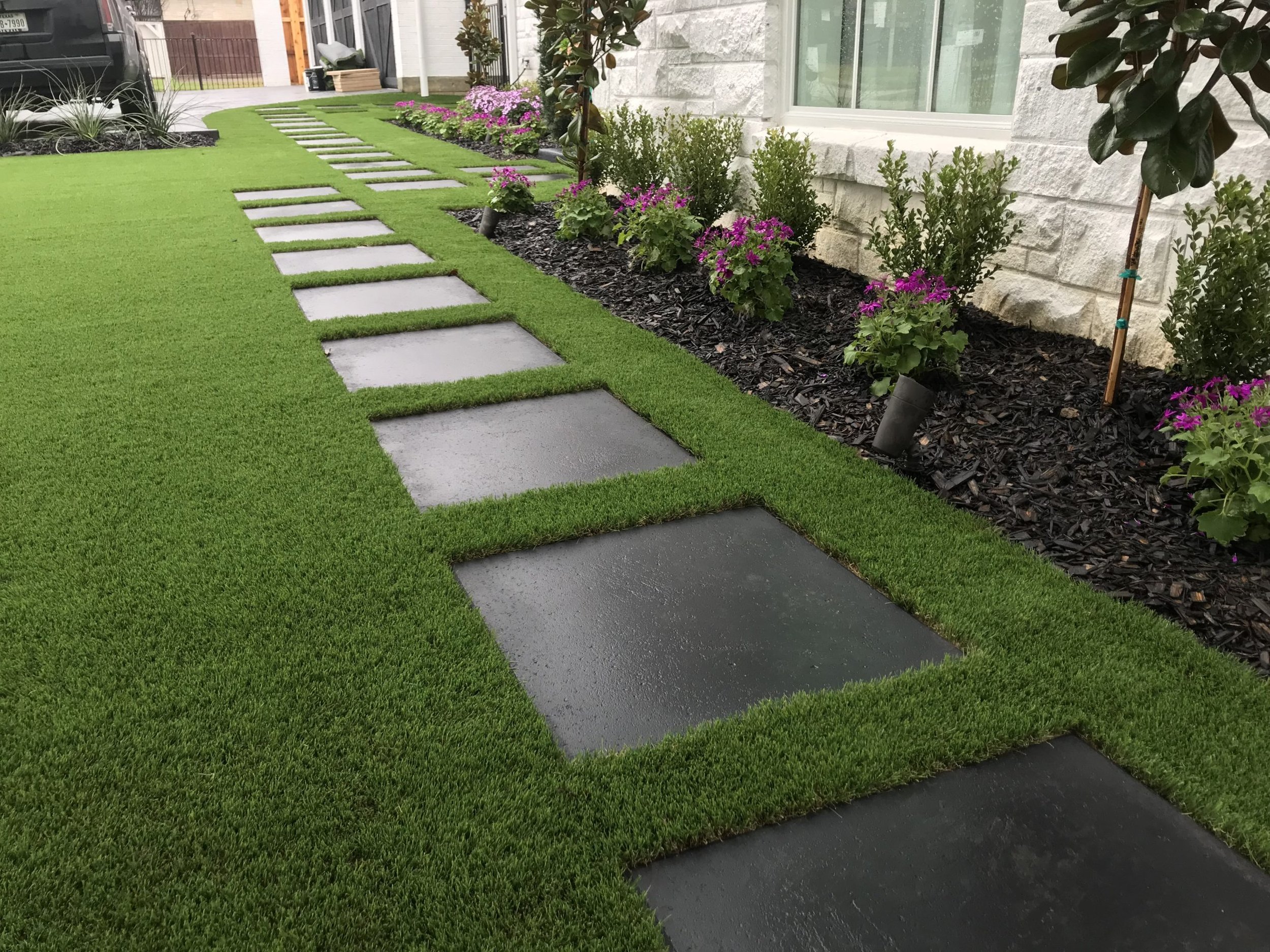Top Phoenix Turf Companies Delivering High-Quality Synthetic Grass Options
Top Phoenix Turf Companies Delivering High-Quality Synthetic Grass Options
Blog Article
Explore the Environmental Benefits of Opting for Synthetic Grass Solutions
The fostering of man-made grass remedies offers a compelling opportunity to attend to pressing ecological challenges. By significantly reducing water use and decreasing the application of unsafe chemicals, these alternatives not just promote sustainable landscaping however likewise secure regional communities. The reduced carbon impact linked with decreased maintenance activities adds to a much more lasting technique to land monitoring. However, the implications of these benefits expand past mere conservation initiatives, increasing inquiries about their lasting impact on environment conservation and total eco-friendly balance. Exploring these dimensions discloses an intricate interaction worth considering.
Water Conservation Benefits
One of the most significant advantages of synthetic grass is its capacity to conserve water. Standard yard lawns call for substantial irrigation, especially in locations susceptible to drought or water restrictions. In contrast, synthetic grass does not need watering, considerably lowering the total demand for water resources. This function is especially valuable in deserts where water deficiency is a pressing concern.
By eliminating the need for regular watering, synthetic grass adds to lasting landscape practices and helps minimize the environmental influence of excessive water intake. The preservation of water expands to the decrease of runoff, which can lead to soil erosion and river contamination.
In addition, the setup of synthetic grass allows communities and house owners to designate water resources a lot more successfully, concentrating on necessary uses such as alcohol consumption water and farming. The change towards synthetic grass not only promotes liable water usage yet also aligns with broader ecological goals targeted at protecting natural deposits.
As communities significantly prioritize sustainability, the water preservation benefits of fabricated lawn provide an engaging situation for its adoption in commercial and property landscape design projects.
Minimized Chemical Usage
The shift to synthetic grass considerably reduces the reliance on chemical treatments frequently utilized in all-natural yard maintenance. Standard lawn monitoring typically includes the application of plant foods, chemicals, and herbicides to promote growth and control pests. These chemicals can pose risks to human health, neighborhood wildlife, and the setting, adding to dirt and water contamination.
On the other hand, synthetic grass eliminates the need for these damaging materials. Once mounted, it needs minimal maintenance, mainly being composed of routine cleaning and occasional infill replenishment. This reduction in chemical use not only profits the instant setting however additionally contributes to broader eco-friendly stability. By reducing the launch of synthetic substances right into the environment, synthetic grass promotes much healthier soil and water supply.
Additionally, the lack of chemical runoff related to synthetic grass setups assists secure local waterways from air pollution, sustaining marine life and keeping biodiversity. Arizona turf. As neighborhoods significantly focus on sustainable methods, choosing man-made lawn provides a feasible option that straightens with ecological preservation goals. With this change, homeowner can enjoy lush green rooms without endangering environmental health and wellness, leading the way for a more lasting future
Reduced Carbon Footprint

Additionally, the installation of synthetic grass can result in considerable water preservation. All-natural lawns require substantial amounts of water for watering, which not just adds to the carbon impact associated with water removal and treatment but likewise pressures neighborhood water resources. In contrast, synthetic lawn needs very little upkeep, requiring no watering, thereby dramatically minimizing water use and its linked energy expenses.
In addition, the durability of man-made lawn adds to its decreased carbon impact. With a lifespan of approximately 15 years or even more, the need for constant substitutes is diminished, causing less waste and lower energy intake in production and disposing of typical yard options. Generally, synthetic grass presents a lasting option for ecologically aware landscape design.
Habitat Conservation
Habitat preservation is a crucial consideration in the argument over landscape design selections, specifically when contrasting synthetic grass to natural turf. Natural lawn lawns often require extensive upkeep, consisting of making use of chemicals, herbicides, and fertilizers, which can detrimentally influence local communities. These chemicals can leach right into the dirt and waterways, harming indigenous plants and fauna and disrupting local habitats.
Artificial turf removes the need for unsafe chemicals, therefore shielding neighboring wild animals and preserving the integrity of surrounding communities. The installation of synthetic turf can lead to the conversion of former grass areas into more biodiverse landscapes, such as pollinator gardens or indigenous plant locations, which can support local wild animals.
Ultimately, the transition to synthetic grass not only conserves water and lowers maintenance initiatives however additionally promotes a much more harmonious partnership in between human tasks and the natural environment, promoting environment preservation in the home procedure.
Long-Term Sustainability
Lasting sustainability is an important element in assessing the advantages of fabricated grass over traditional turf lawns. Among the most significant benefits of synthetic grass is its longevity; it can last as much as 15-20 years with minimal upkeep, whereas natural lawn calls for frequent reseeding and substitute. This long life reduces the demand for continuous sources, such as water, plant foods, and pesticides, which are important for preserving a healthy grass yard.
Furthermore, synthetic grass contributes to a decrease in carbon discharges related to lawn care devices. Conventional yards commonly need gas-powered mowers, trimmers, and blowers, every one of which add to air pollution. Phoenix turf companies. In comparison, synthetic grass gets rid of the demand for such tools, advertising a cleaner setting
Additionally, the production of synthetic grass significantly makes use of recycled materials, boosting its sustainability profile. As manufacturers embrace green practices, the environmental footprint of synthetic lawn remains to diminish.

Conclusion
The blog here adoption of synthetic grass services offers considerable ecological advantages, including substantial water conservation, minimized reliance on unsafe chemicals, and a lower carbon footprint. Man-made lawn help in protecting all-natural environments by minimizing land disturbance and advertising long-term sustainability with the usage of resilient products. Collectively, these elements highlight the capacity of synthetic lawn to add positively to ecological health and use a sensible alternative to standard landscaping techniques in a progressively resource-conscious world.
In contrast, synthetic lawn does not require watering, dramatically reducing the general need for water sources. By minimizing the launch of synthetic substances right into the community, artificial grass advertises much healthier soil and water systems.
Furthermore, the installation of fabricated lawn can result in considerable water preservation. In contrast, fabricated lawn requires marginal upkeep, needing no watering, consequently dramatically lowering water check this usage and its linked power costs.

Report this page